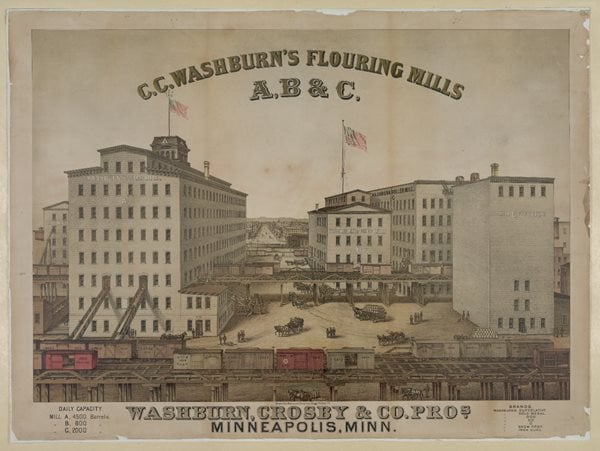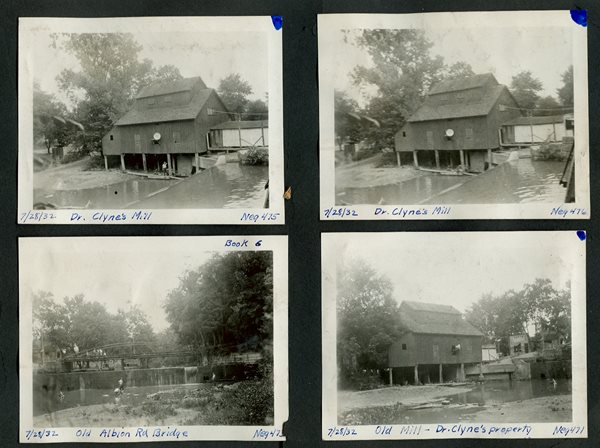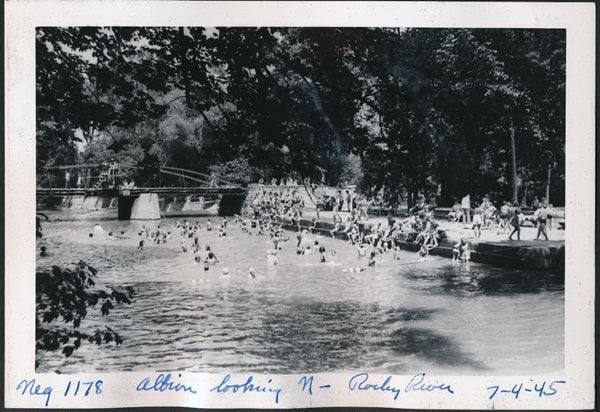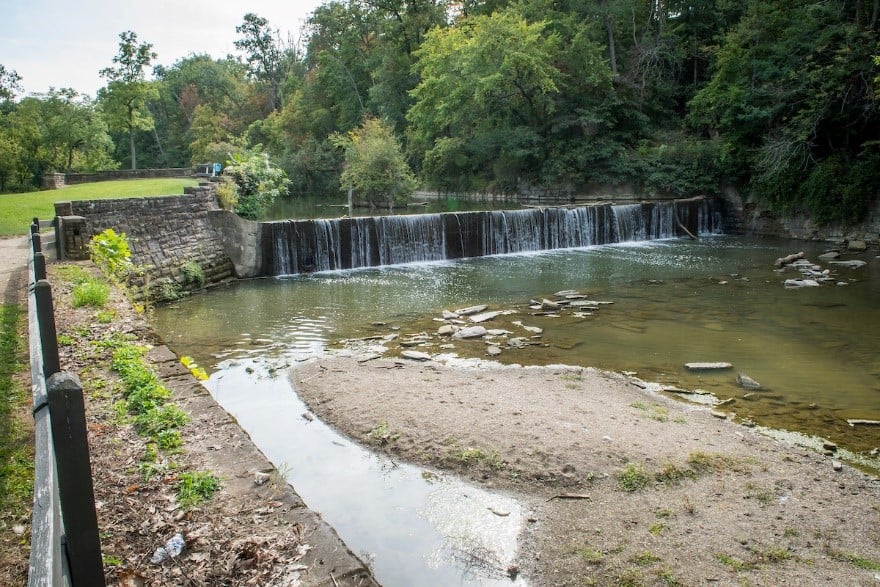The former dam at Bonnie Park not only halted any upstream migration of fish, but also pooled water behind it which resulted in uniformity of habitat on the upstream side. The project onsite served to not only remove this barrier so fish may now move upstream and downstream freely, but it also restored a more natural character to the stream in the area. The stream now has a diversity of habitat types instead of just pooled water, including sparkling riffles, runs and a few deeper pools. Diversity of habitat types means that a diversity of specialist fish species utilizing these areas will follow. The former fish population dominated by common carp, yellow bullhead catfish, white suckers and bluegill sunfish is expanding to also include species like rainbow darters, central bigmouth shiners (a state listed threatened species, stonecat madtom catfish (a species intolerant of water pollution) and over a dozen other species that thrive in the diverse habitat types that the rehabilitated stream section now offers.
Long before Bonnie Park existed this spot along the Rocky River was part of the small town of Albion. And, like in every community in the area in the early 1800s, people in Albion harnessed the power of water to use for grinding grain into flour. A dam was built in 1820s to control the flow of the river and provide a water source for the mill.
Most of the photos we have of old mills were taken after they were no longer in use. So they give an impression of a quiet, lonely space. But when mills were in operation they were busy, noisy, places. If you could travel back in time to a time when the mill at Albion you would have heard local farmers arriving with wagon loads of wheat and corn, shouting to be heard over the sound of the rushing water and grinding stones turning their grain into flour. You would have smelled the aroma of freshly ground grain and the earthy smell of horses.
By the early 1900s most small mills like this were no longer in use. Local farms grew smaller or disappeared and big commercial companies made the flour that could easily be purchased at local grocery stores.

Figure 2 An example of commercial grain mills of the late 1800s. Courtesy of the Library of Congress Digital Images.
In Albion, while the mill was no longer is use, the old dam still stood. A man named Dr. Clyne used the pool created by the dammed-up river to create a swimming and boating area at his private picnic grounds named Bonnie Park, or “The Park Beautiful.” He left the old mill standing and added a small boathouse.

Figure 3 Dr. Clyne's boathouse and the old mill at Bonnie Park. 1932 Cleveland Metroparks Historic Photo Collection

Figure 4 1927 Advertisement for Bonnie Park
In 1932 the Clyne family sold Bonnie Park to the Metropolitan Park System, now Cleveland Metroparks. Using labor supplied by the Works Progress Administration, the park system built retaining walls, diving areas and a wading pool to enhance the swimming area created by the Dr. Clyne. It was still a noisy place, filled with the laughter and shouts of people having fun in the water. But by the 1950s water pollution brought an end to swimming era at Bonnie Park.

Figure 5 Swimming area in the Rocky River, 1945. Cleveland Metroparks Historic Photo Collection
The old dam still stood for many years, though it no longer served a purpose. In 2020 the dam was removed to allow the river to flow naturally. The impact of many years of human use and abuse began to abate. While the use of the river has changed over time, Bonnie Park remains a beautiful spot for current generations to enjoy.

